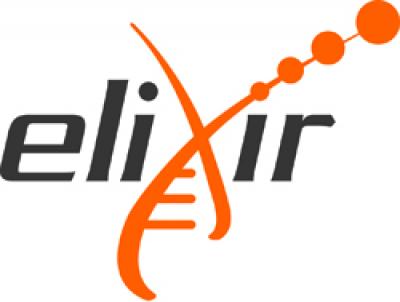Documentation, Coding, Bioinformatics, Scripts, examples, e-learning
How to use pydna, a python library to plan and simulate DNA assembly, cloning and genome engineering
Pydna is a python package that provides a human-readable formal descriptions of 🧬 cloning and genetic assembly strategies in Python 🐍 for simulation and verification. Pydna can be used as executable documentation for cloning.
Pydna provides simulation of:
- Primer design
- PCR
- Restriction digestion
- Ligation
- Gel electrophoresis of DNA with generation of gel images
- Homologous recombination
- Gibson assembly
- Golden gate assembly
The training material contains documentation to install the library and jupyter notebooks describing how to get started with the library and examples.
DOI: https://doi.org/10.1186/s12859-015-0544-x
Licence: MIT License
Keywords: Synthetic Biology, Genetic Engineering, Molecular biology, Cloning, DNA engineering, genome engineering, Annotation
Target audience: Biologists and bioinformaticians
Resource type: Documentation, Coding, Bioinformatics, Scripts, examples, e-learning
Status: Active
Prerequisites:
- basic python scripting knowledge
Learning objectives:
- Learn how to install pydna
- Learn the basics of pydna: reading sequences, simulate basic operations, writing files
- Learn about more specific features through examples
Date created: 2025-04-11
Contributors: Filipa Pereira, BjornFJohansson, manulera, hgbrian, bruno2git, hiyama341, dgruano, louisabraham, jan-glx, hristog, amijalis, jxu10
Scientific topics: Synthetic biology, Bioinformatics, Molecular biology, Genetic engineering, Metabolic engineering, Genetics
Activity log

 United Kingdom
United Kingdom
 Denmark
Denmark
 Portugal
Portugal
